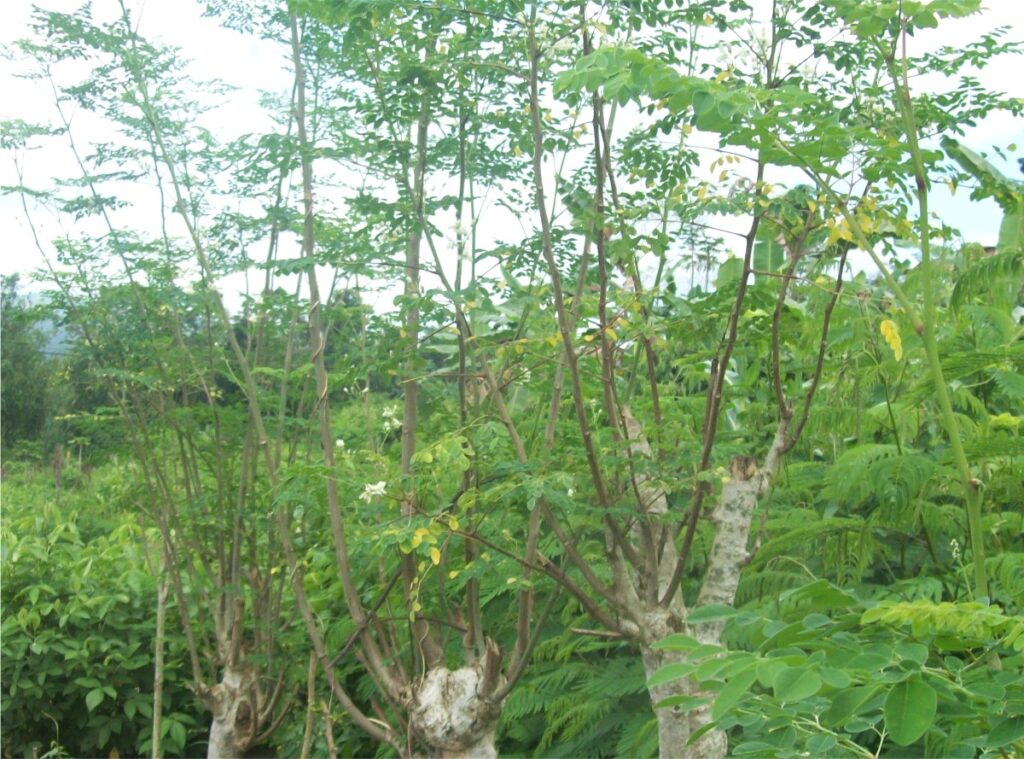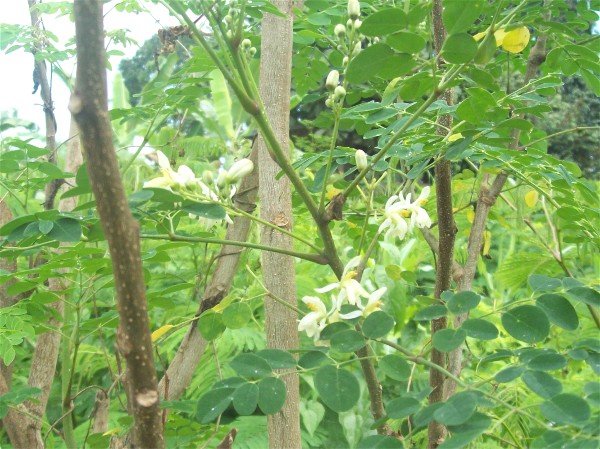Text and Photos by Henrylito D. Tacio
Two leading United Nations agencies — the World Health Organization (WHO) and Food and Agriculture Organization (FAO) — have identified food fortification as one of the strategies in decreasing the incidence of nutrient deficiencies at the global level.
Actually, food fortification is the process of adding micronutrients (essential trace elements and vitamins) to food. Oftentimes, diets that lack variety can be deficient in certain nutrients. In some instances, the staple foods of a province can lack particular nutrients due to the region’s soil or the inherent inadequacy of the normal diet.
While it is true that fortification refers to the addition of nutrients to food, the true definitions do slightly vary. The WHO and FAO define fortification as “the practice of deliberately increasing the content of an essential micronutrient, that is, vitamins and minerals (including trace elements) in a food irrespective of whether the nutrients were originally in the food before processing or not, so as to improve the nutritional quality of the food supply and to provide a public health benefit with minimal risk to health.”
The most common fortified foods are, according to FAO, are cereals and cereal-based products, milk and milk products, fats and oils, accessory food items, tea and other beverages, and infant formulas.
Calcium, for instance, is added to some fruit juices, carbonated beverages, and rice. White rice is frequently enriched to replace lost nutrients during milling or adding extras in. Amylase rich flour is utilized for food making to increase dietary consumption.

Not too many know it, but in Bicol, there was a project funded by the Bureau of Agricultural Research, which adds malunggay in various preparations and package it into different product lines. These include malunggay tea, instant juice, and malunggay powder.
Malunggay leaves are separated from the stalks and are either oven-dried or sun-dried. The dried leaves become malunggay tea. They pounded dried leaves are turned into malunggay powder, which can be mixed into common Filipino delicacies such as soups, sauces, instant noodles, cookies, and chocolates as an added ingredient.
“In this way, Filipino children who are not very fond of vegetables get to eat essential nutrients present in malunggay without knowing it,” the Bicol researchers say. The newly developed products have shelf lives of six months at most, depending on the packaging materials used.
In Bansalan, Davao del Sur, Benjamin Lao — a two-time Outstanding Farmer awardee by the Department of Agriculture — adds malunggay in the pan de sal and other bread he sells in his stores.
Touted by scientists as a “miracle vegetable,” malunggay (scientifically known as Moringa oelifera) has been promoted by the United Nations health agency “as a low-cost health enhancer in poor countries around the globe.” The “natural nutrition for the tropics” is how the Florida-based Education Concerns for Hunger Organization described malunggay.
If apple is the food that keeps Americans from doctors away, it should be malunggay in the Philippines. It may sound like magic, but nutritionists aver that 100 grams of malunggay leaves yield the following: 75 calories of energy (higher than ampalaya, squash, tomatoes, or carrots), 5.9 grams protein (higher than cauliflower, lettuce, or mustard), 12.8 grams carbohydrate (higher than okra, papaya, or watermelon), 353 milligrams calcium (higher than gabi leaves, mung beans, squash, and camote tops), 3.7 milligrams niacin (higher than other vegetables analyzed). And for thiamin, phosphorus, and ascorbic acid, malunggay is at the top of the list.
That’s just for starters. According to the Biotechnology Program Office of the Department of Agriculture, the malunggay has been found by biochemists and molecular anthropologists to be rich in vitamins C and A, iron, and high-density lipoprotein or good cholesterol.
Because of its high calcium content (four times the calcium in milk), lactating mothers in the Philippines are often advised to consume malunggay leaves to produce more milk for their babies. The young malunggay leaves are being boiled and drunk as tea.
Malunggay leaves are loaded with nutrients. Gram for gram, malunggay leaves also contains two times the protein in milk. Likewise, it contains three times the potassium in bananas and four times the vitamin A in carrots.
Health nutritionists claim that an ounce of malunggay has the same Vitamin C content as seven oranges. An important function of vitamin C not known to many is it’s an antioxidant. In fact, it has been recognized and accepted by the US Food and Drug Administration as one of the four dietary antioxidants, the others being vitamin E, beta-carotene, and selenium.
“Due to its high vitamins A, C, and E, which are very potent antioxidants, malunggay is a very good quencher of unstable free radicals that can react with and damage molecules that cause aging,” says the Food and Nutrition Research Institute. “Antioxidants reduce the appearance of wrinkles and fine lines. They also prevent the onset of various chronic diseases like arthritis, cancer, and heart and kidney diseases.”
There are more health benefits you can get from malunggay. Vivencio Mamaril, of the Bureau of Plant Industry, told a national daily that malunggay is used in treating various ailments in India. A 2001 study in India has found that the young tree’s fresh root can be used to treat fever. Asthmatics are advised to drink the infusion from the roots of the plant.

Tender malunggay leaves also reduce phlegm and are administered internally for scurvy and catarrhal conditions, while the flowers are used to heal inflammation of the tendons and abscesses. Unripe pods of malunggay are also reported to prevent intestinal worms, while the fruit also prevents eye disorders.
Here’s good news for men who are having problems with siring children. They can now count on the malunggay to cork its magic on them. Research at the Bureau of Plant Industry (BPI) found that a steady consumption of its fruit “helps to raise sperm count and mobility, which both translate to increased opportunity for the sperm to fertilize an egg.”
Because of its nutritional content, malunggay strengthens the immune system, restores skin condition, controls blood pressure, relieves headaches and migraines, manages the sugar level, thereby preventing diabetes, reduces inflammation and arthritis pains, restricts the growth of tumors, and heals ulcers. This information comes from Dr. Kumar Pati, an Indian doctor who is an expert in natural medicine.
Here’s another interesting tip, particularly for those living in rural areas: malunggay can make dirty water drinkable. “The crushed moringa seeds can clear very turbid water,” said Dr. John Sutherland, of Leicester University’s Department of Environmental Technology. He added that powdered malunggay seeds are appropriate for water purification in rural areas of tropical countries.

Planting malunggay trees would also help stabilize soil and contribute to the fight against deforestation. The malunggay tree is highly resistant to drought and needs little care. It is fast-growing and lives for an average of 50 years. Each tree can produce approximately 10,000 seeds a year. It also makes an excellent fuel and fertilizer.

